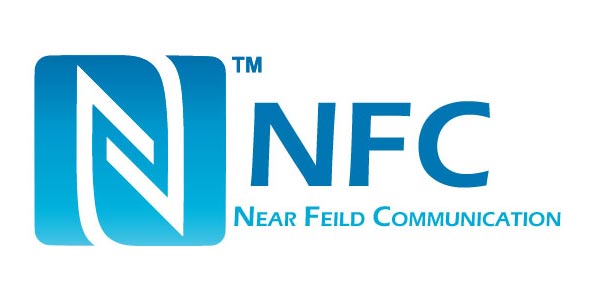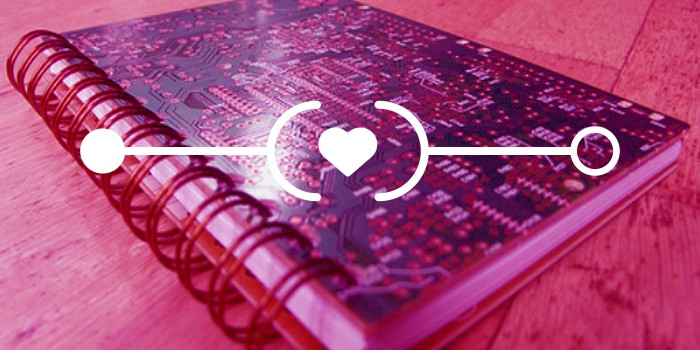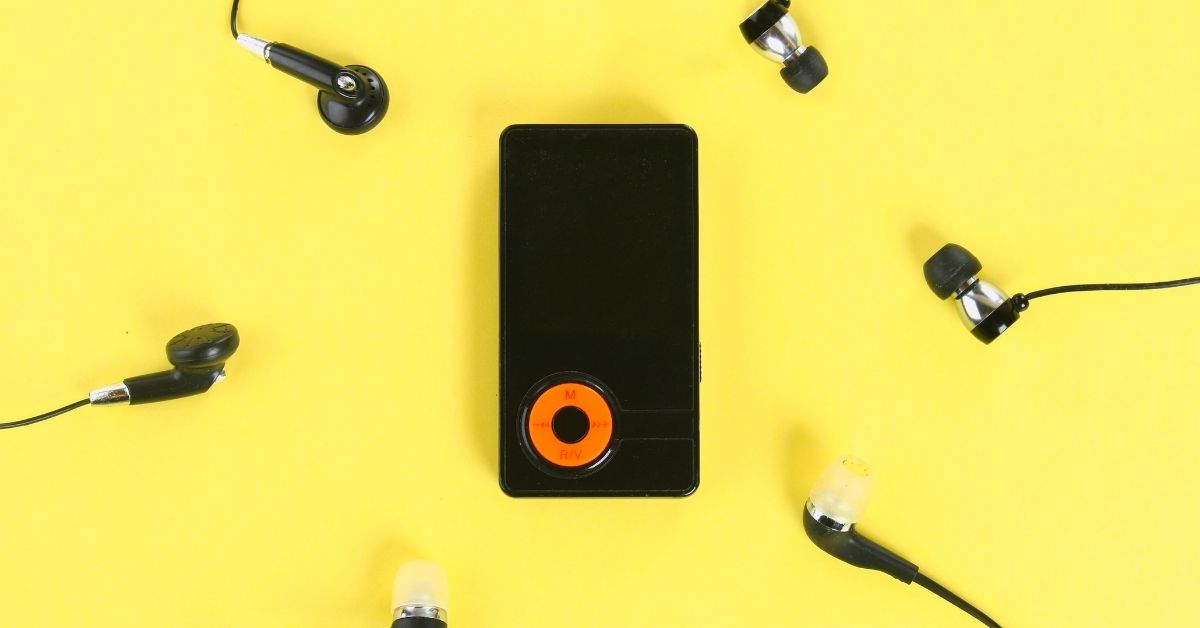Ever wondered what NFC is used for? Learn what Near Field Communication does, how it compares to RFID, and why it’s being used in Android devices.
Continue reading5 Essential Books and Hardware Guides for Startups
Looking to get into the hardware business? Read our list of some of the best books every hardware entrepreneur should read. Two of them are completely free!
Continue readingHardware Projects: You Are Not Alone!
Need help developing a prototype for your custom hardware? Take a look at our list of some of the best partners who can assist you with prototyping and more.
Continue reading5 Essential Points To Get Your Manufacturing Inquiry to Stand Out
Sending a great opening inquiry to your potential supplier can help you find the right partner for your custom Android product development. Here are five essential tips to help you.
Continue readingAdvice for Startups (Part 1)
One of the first questions a startup must consider is this: What is the special value of the product that you’re looking to build? Read our advice for startups to find out.
Continue readingHow to Manage Your RMA?
What’s an RMA? Discover how you can limit your financial loss from returned products through careful management of your RMA.
Continue readingWhere Do Mass Market Products Go to Die?
Want to know what happened to the MP3 player now that’s it’s not a mass-market product? Find out how popular mass-market products are reinvented when consumer demand dwindles.
Continue readingTaking Hacker Space Mainstream

The Maker movement for do-it-yourself hardware has been growing since 2006, when the first Maker Faire expo was held for hardware hobbyists. It has gathered steam with the growth of open-source hardware and 3D printing. Now it has become a true mainstream movement, and one that could have profound effects on the manufacturing of products.
With crowdfunding platforms like Kickstarter, it is now possible for entrepreneurs to raise enough money in a campaign to complete hardware prototypes and do an initial run of manufacturing. But which platform is right for you? We’ve looked at some of the emerging platforms to see what kind of variety they offer.
Kickstarter has the advantage of being one of the biggest platforms. Since 2009, the crowdfunding platform has raised more than $1.14 billion for 63,056 successfully funded projects. About 43 percent of campaigns are successful, and many get so much attention that they can move on to receive venture capital funding. One of the primary successes was Oculus VR, which raised $2.4 million in 2012 on Kickstarter for its virtual reality goggles. It went on to be acquired by Facebook for $2 billion. Clearly, Kickstarter gave Oculus VR the visibility it needed, and it can be a very good indicator of the demand for a product.
But much of Kickstarter’s focus is in the U.S. Other platforms are more closely linked to manufacturing. With Highway 1, for instance, entrepreneurs can raise up to $50,000 to fund both a company and its first prototype.
You can work with Highway 1’s engineers for four months during an incubator program. You can get access to electrical engineering, mechanical engineering, and 3D printing labs. You can determine your sourcing and the factory you want to produce the product.
You can tour the factories that make the product, explore electronics markets, meet supply vendors and prepare to scale up. HIghway 1 has locations in both the U.S. (San Francisco) and China, and it offers both mentoring and business development support. It takes about 4 percent to 7 percent equity stake in a startup, and it helps set up a supply chain and do the manufacturing.
Highway 1 is a division of PCH International, a global supply chain company. Its aim is to help you take an idea from a napkin sketch to a worldwide retail product.
Haxlr8r is similar to Highway 1 in that it offers an accelerator program for people who like to hack hardware and make things. It offers $25,000 to $50,000 in funding, office space, and a 111-day incubator program in exchange for a 6 percent equity stake.
It provides mentorship and immersion in a startup community with like-minded entrepreneurs in both San Francisco and Shenzhen, China. Each week, participants meet with advisors that offer feedback on concepts and prototypes. The final two weeks of the program will be spent getting pitches together for a final pitch week in Silicon Valley. It helps set up a supply chain and also assists with finding venture capital through the pitching process. It offers a platform for development and does manufacturing setup in China. That includes help with invention, prototyping, sourcing, manufacturing, packaging, supply chain, strategy, marketing, distribution, fundraising, and financing.
Haxlr8r targets two to four-person startups.To date, it has launched 40 companies in the past two years. Many of those companies move on to launch their own Kickstarter crowdfunding campaigns.
And there is Quirky. With this platform, you submit your idea through the web site. Quirky takes 100 percent ownership of the product. But if it successfully makes the product and sells it, you get a perpetual royalty from sales.
You can look through the different ideas that are submitted and vote on the ones you love. The ones that get lots of votes rise to the top. You then help refine the idea, picking things like the color or helping to solve an engineering problem. It’s a collaborative process, with development, funding help, supply-chain setup, and a complete offloading of manufacturing.
Once the product is done, Quirky can manufacture it. It has its own 3D printing technology that it can use to make the initial product. Then it can take the product to a factory in China and manufacture the device in massive quantities and put it on retail shelves worldwide.
Quirky owns the intellectual property, so it takes on the responsibility of legally defending the product and its ownership rights. If all you have is an idea, then Quirky can supply all of the rest.
Hatch serves a complementary role to Haxlr8r, Kickstarter, or other companies trying to get their custom product made. With Hatch, Start-ups get a one-stop resource for development, manufacturing and overall management of what goes on in China. Plus Start-ups keep their equity and work with Hatch on development and manufacturing in either a hands on or hands off approach. Hatch provides direct access to development teams in China that can give fast and accurate feedback. Hatch also sorts out the supply chain and manufacturing, at its own manufacturing facility or one more suitable for your specific product, so you don’t have to manage that. And it can stick to schedules better than crowdfunding sources that don’t have solid ties to manufacturing.
As you can see, product inventors now have multiple choices for taking their ideas from conception through development, prototyping, and manufacturing, thanks to the services offered by multi-faceted crowdfunding and manufacturing services companies. You can bet that the result will be a flowing of innovation and small startup hardware manufacturing. And this should give the innovation economy a big boost, and it means that consumers will get more products that they really want, more quickly, and at cheaper prices, than ever before.
Screens: IPS vs Non IPS
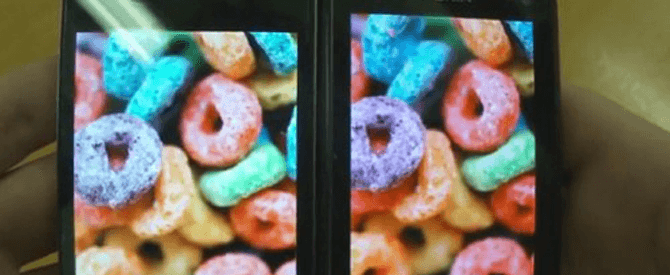
Which LCD Panel Should You Choose?
The number of LCD (Liquid Crystal Display) panels available is vast but they can be separated into several different categories, based either on technology, construction method, or even individual brand.
The best way to narrow your search is to consider your application. What is your final product and how do you want it to perform?
Common applications can be for entertainment purposes, like watching videos and playing games, or doing technical creative work like picture editing where color accuracy is paramount.
After determining the application for your display you can start to identify which features need to take priority over others. Then you will be able to narrow your search and select the panel best suited for your use.
IPS vs. TN
The two most commonly used LCD panels today are variations on the TFT (Thin Film Transistor) LCD panel.
These are the IPS LCD (In-Plane Switching) and Non IPS LCD panel or TN (Twisted Nematic) LCD.
TN is the most common type of LCD display at the moment as it offers the best value for money.
You get the highest performance at the lost cost. TN displays have evolved to the point where they have an incredibly fast response time, meaning they are great for entertainment purposes.
Regarding viewing angle, the TN display suffers particularly in the vertical direction; when watching a movie you must be sitting directly in front of the display to get the best picture.
Most TN displays can represent only 70% of NTSC, Adobe RGB and sRGB color gamuts, in some cases as little as 10 to 30% with the poorest quality displays.
When it comes to choosing a display for a creative application it is important to consider only a high-quality TN display as the color gamut will be higher.
IPS (In-Plane Switching) panels are actually broken down into a variety of different types: IPS, S-IPS, AS-IPS, IPS-Pro, and H-IPS.
All of these use different variants of technology that manufacturers have developed and use within their own products.
As a whole, IPS panels are designed to improve upon the flaws of the TN technology, specifically focusing on viewing angle, contrast, and blacks.
The viewing angle in specific IPS screens has improved to the point where crystal-clear viewing is possible at 178 of the 180 degrees available to a user.
Contrast and blacks have also considerably improved. IPS panels do not lighten or show tailing light when touched, which can happen on TN panels; this is important for touch-screen devices such as smartphones and tablets.
However, as with all new technology, it is not perfect. The response times of IPS panels still falls behind those of TN technology. The cost of an IPS panel is also higher than that of a TN panel.
Bottom-line recommendation:
TN displays are more suited to consumer entertainment applications because of their high response time and lower cost.
IPS displays are generally far better for professional creative applications where color accuracy is important and the higher cost can be justified.
Casing: Smartphone vs Tablet
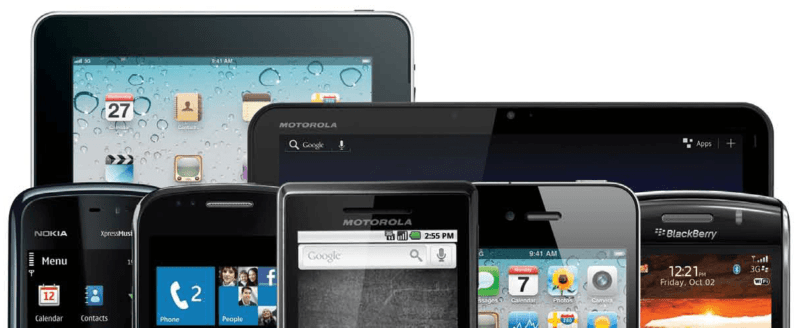
Case Manufacturing
One key element of a smartphone or tablet is the outer casing. The casing holds all the hardware together and its design is one of the fundamental USP’s (unique selling points) of the product. Design separates good products from great ones so spending sufficient time defining the design of the casing is important before stepping into manufacturing.
This manufacturing and development process will be different depending on the device you are designing for, be that a smartphone or a tablet. When you compare how casing molds are manufactured in these different product categories you will see some major differences. This is surprising considering how blurred the line is now between the smartphoneand thetablet. Daniel Weisbeck CMO and COO of Netbiscuits comments here about the merging of these markets.
Tablet Casing
In the tablet space the Design House (A PCBA fabricator and designer) creates PCBA designs in conjunction with the Casing Factories and other design firms who design cases. The Casing Factories will design and manufacture the cases to match the PCBA designs or will work directly with the Design House when they require entirely custom PCBA’s for a client with a specific need. These will then become privately owned molds by the client or integration company. The Casing Factories will also create various public molds based on the Design House’s PCBA designs. This allows Integration Company’s to select cases from a library of public molds to save time and money when working on new projects. The factory and the client control production.
Smartphone Casing
In the smartphone market the Design House make standard PCBA layouts for smartphones that are stable and reliable. A smartphone PCBA has a lot more complexity over a basic tablet so a Design House won’t spend the time to make variations of a smartphone PCBA unless the order volume is very high. After these PCBA layouts are fabricated they are given to the Integration Company who will then design private molds to suit. It is not common for Casing Factories to create public molds for these smartphone PCBA designs, like with tablets. So the integration company controls the production and ownership of the casing mold.
It is important to realize that even though the smartphone and the tablet maybe very similar products today, they have grown from two different markets. This is why we have these differences in manufacturing. The tablet grew out of the MP3 Player market. Factories making MP3 players slowly began to produce tablets as the MP3 market died. The smartphone industry grew from the feature phone market.
